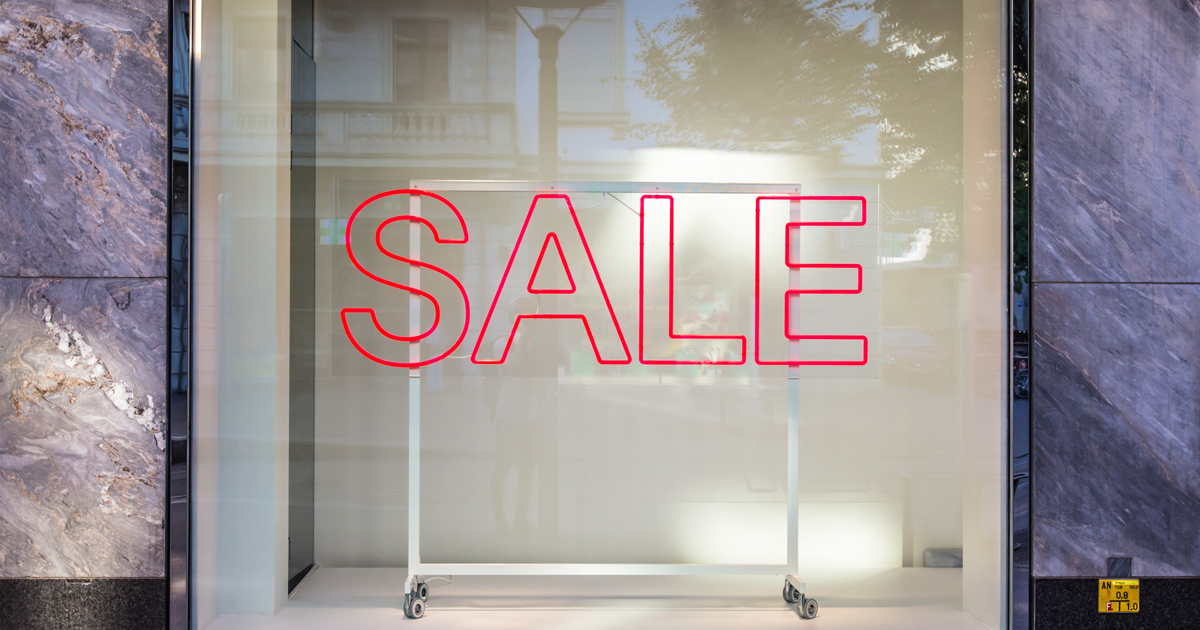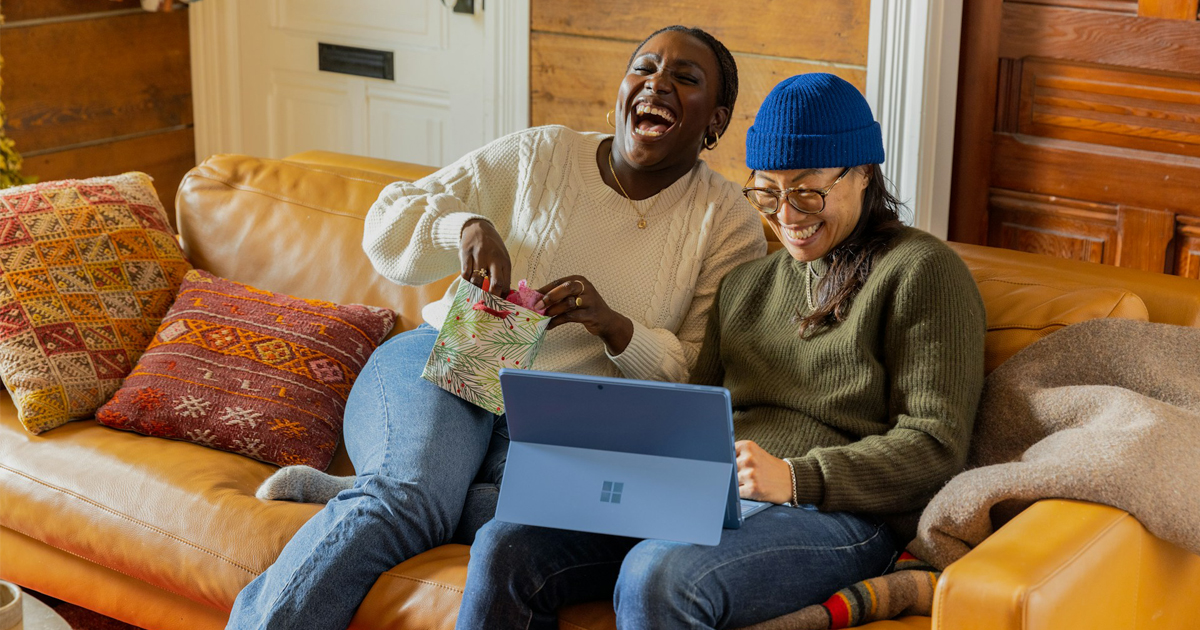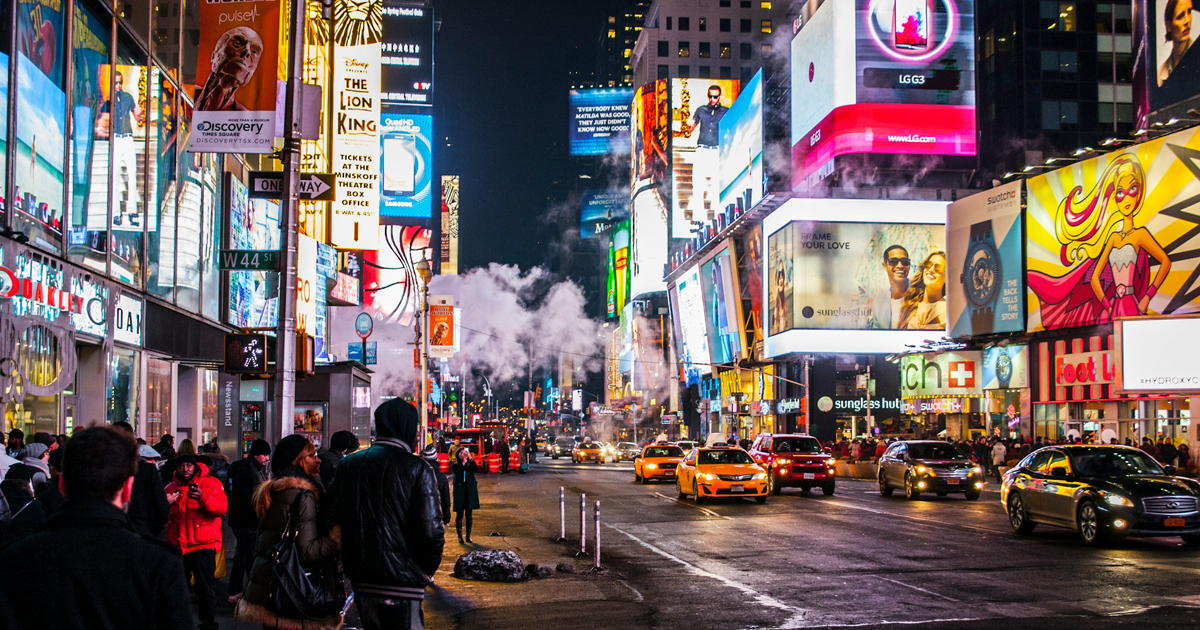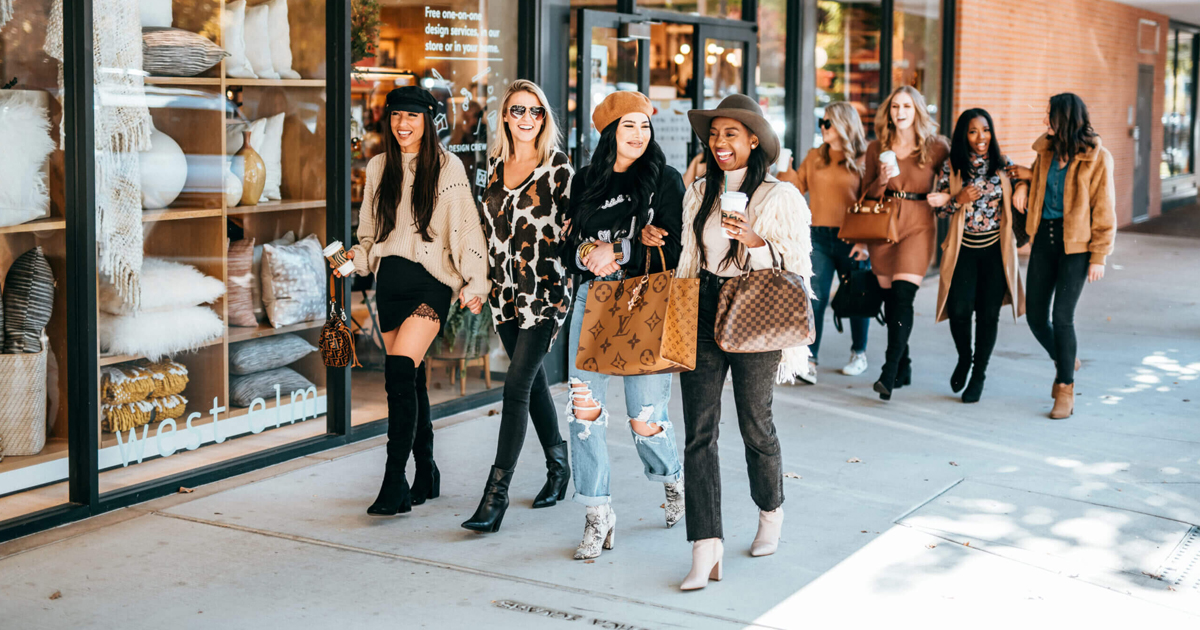Over the past two decades, technology has transformed the consumer experience. But while it is easier than ever to shop, there’s still plenty of room for improvement.
Fortunately, technology companies are solving these problems, with many improvements ready to roll out in 2022. Here are three ways that shopping will be more fun and less time-consuming this year.
Text to shop
Imagine ordering a new pair of AirPods by texting Apple, or chatting about new book releases with your local bookstore, then making a purchase via text. In China, Singapore, and other parts of the world, it’s increasingly common to shop using messaging apps, but in the U.S., it hasn’t taken off yet.
One such new platform launching in 2022 is Wizard Commerce. Cofounded by Marc Lore, Walmart’s former head of e-commerce, and Melissa Bridgeford, a tech entrepreneur, the platform will enable a consumer to text a brand and have a conversation about products. This interaction will be powered by AI, but there will also be humans on hand should things get complicated. Finally, the consumer will be provided a link to a secure website to submit payment details, which would be saved for any future transaction. Wizard expects to announce partnerships with big retailers and brands in early 2022.
Goodbye credit cards!
One of the most annoying parts about shopping online is the constant need to have your credit card handy. Shopify solved this by saving payment information across all brands on its platform, while Amazon is famous for its one-click ordering system. But imagine if you could do that with any e-commerce site.
Today, 60% of consumers abandon online carts because they forgot their password or don’t want to upload their credit card details. To solve this problem, Fast, an Australian startup launched by entrepreneur Domm Holland in 2020, created a system that allows consumers to buy items anywhere on the internet with one click and no login. Eventually, Fast aims to incorporate these “buy buttons” on publishers’ websites as well as emails.
In January 2021, Stripe led a $102 million Series B investment round, increasing total funding to $124 million. This has allowed the company to invest in building out its technology and bringing on new sellers. Its system takes less than an hour for retailers to install and add “buy buttons” to products, with early adopters like Ski Haus and Gerard Cosmetics seeing increases in conversation rates after installing Fast checkout buttons. The Guardian Bookshop, which allows readers to instantly buy a book, increased total orders by 43% after installing Fast.
Holland says that Fast is not about checkouts but about creating a secure online identity for a consumer. The company’s goal is to create an internet-wide system that’s just as secure as that of Google or Apple, so customers feel secure sharing their information across the internet.
Hello robot cashiers!
Shopping at brick-and-mortar stores will improve. For years, stores like Whole Foods and Target have set up self-checkout systems, sometimes proving a complex process. Many consumers simply choose to stand in line for a cashier. Things are changing quickly. Amazon Go has a system that allows customers to depart a store without checking out at all. This has spurred many tech companies including Grabandgo, Caper, and Zippin, to develop cashierless technologies that will allow other retailers to compete by making checkouts faster and easier.
One that’s thrived during the pandemic is Mashgin, a startup founded in 2013 that specializes in using computer vision to instantly price items without barcodes. Mashgin’s technology is particularly good at recognizing items that don’t come in traditional packaging, such as produce and open plates. The checkout systems’ computers automatically identify the item from any angle, then weigh it to get its price. You can even put multiple items in front of the camera, to save time.
Mashgin doubled its kiosks in 2021, a year when many companies were eager to keep staff and customers safe. The company rolled out its technology in more than 500 venues, allowing customers to check out in a matter of seconds.






